Ingmer Lab: Microbial interactions of zoonotic pathogens
We study human bacterial pathogens and their bacteriophages with focus on Staphylococcus aureus. We aim to understand how they respond to and survive adverse conditions including exposures to antibiotics, biocides and phages and how resistance may be mitigated.
Antibiotic resistance
Antibiotic resistance can develop by accumulation of mutations as happens in S. aureus strains with decreased susceptibility to vancomycin, the VISA strains. We are interested in the process behind resistance development and how mutations in susceptible strains may prime bacteria for rapid resistance development.
Quorum sensing communication
Quorum sensing enables S. aureus to sense the density of S. aureus cells and control virulence gene expression accordingly. Biofilms may be a place where quorum sensing is particularly important. We search for compounds and organisms that interfere with S. aureus quorum sensing in order to develop new treatment options for serious staphylococcal infections.
Phages
We study the role of temperate phages in virulence of livestock strains of methicillin resistant S. aureus (MRSA) as well as quorum sensing control of phage infections. Also we investigate how antibiotic resistance impacts phage susceptibility as well as the transfer of resistance genes by phage transduction. See how in the movie Antibiotic Resistance Transfer in Staphylococcus aureus/Trends in Microbiology.
Yang J, Bowring JZ, Krusche J, Lehmann E, Bejder BS, Silva SF, Bojer MS, Grunert T, Peschel A, Ingmer H. Cross-species communication via agr controls phage susceptibility in Staphylococcus aureus. Cell Rep. 2023 Sep 26;42(9):113154. doi: 10.1016/j.celrep.2023.113154. Epub 2023 Sep 19. PMID: 37725513.
Fait A, Andersson DI, Ingmer H. Evolutionary history of Staphylococcus aureus influences antibiotic resistance evolution. Curr Biol. 2023 Aug 21;33(16):3389-3397.e5. doi: 10.1016/j.cub.2023.06.082. Epub 2023 Jul 25. PMID: 37494936.
Fait A, Seif Y, Mikkelsen K, Poudel S, Wells JM, Palsson BO, Ingmer H. Adaptive laboratory evolution and independent component analysis disentangle complex vancomycin adaptation trajectories. Proc Natl Acad Sci U S A. 2022 Jul 26;119(30):e2118262119. doi: 10.1073/pnas.2118262119. Epub 2022 Jul 19. PMID: 35858453; PMCID: PMC9335240.
Bowring JZ, Su Y, Alsaadi A, Svenningsen SL, Parkhill J, Ingmer H. Screening for Highly Transduced Genes in Staphylococcus aureus Revealed Both Lateral and Specialized Transduction. Microbiol Spectr. 2022 Feb 23;10(1):e0242321. doi: 10.1128/spectrum.02423-21. Epub 2022 Feb 9. PMID: 35138167; PMCID: PMC8826898.

Transduction is the process by which bacterial genes are transferred between cells via bacterial viruses, the bacteriophages or phages. The transfer can either be specific or localized parts of the bacterial genome or it can be random parts of any bacterial gene. While most genes can be transferred, transfer of antibiotic resistance genes is particularly problematic. This can lead to spread of antibiotic resistance between bacterial strains and even species. Here we study the transfer by transduction in the human pathogen Staphylococcus aureus to understand the process and search for ways to limit transduction.
Funding: Independent Research Fund Denmark: Nature and Universe
Involved: Janine Bowring & Esther Lehmann
 Antibiotic resistance is a rapidly growing problem. Bacterial viruses (aka phages), that also kill bacterial cells, are consider an alternative option in treatment of infections with antibiotic-resistant bacteria.
Antibiotic resistance is a rapidly growing problem. Bacterial viruses (aka phages), that also kill bacterial cells, are consider an alternative option in treatment of infections with antibiotic-resistant bacteria.
Here we investigate combinations of phages and antibiotics in the disease-causing bacterium, Staphylococcus aureus.
We examine resistance development to either antibiotics or phages and how combinations of antibiotics and phages may lead to improve efficacy in killing antibiotic resistant S. aureus.
Also, as part of a new EU project, CLEAR (https://clear.ku.dk/) we search for novel compounds to enhance the efficacy of phages and explore the mechanisms by which phage killing may be promoted.
Funding: Independent Research Fund Denmark: Technology and Production and EU
Involved: Janine Bowring, Frederik Haaber Junge Pedersen, Ifigeneia Kyrkou & Esther Lehmann
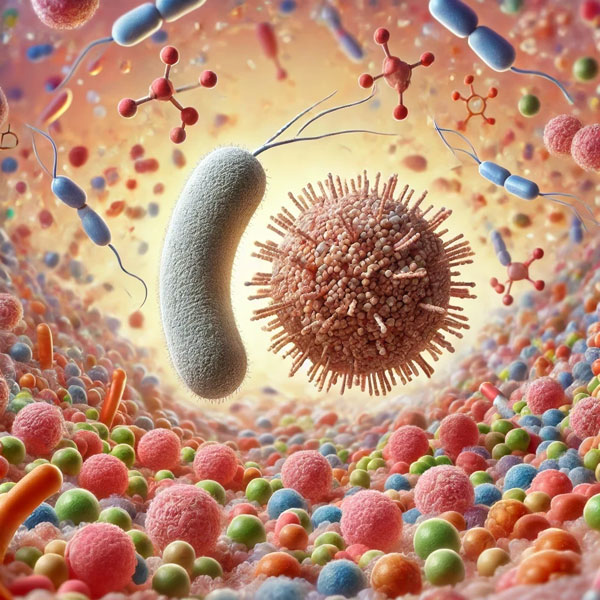 Quorum sensing communication is used by many disease-causing bacteria to sense how many cells there are and change expression of toxins and other virulence factors, accordingly.
Quorum sensing communication is used by many disease-causing bacteria to sense how many cells there are and change expression of toxins and other virulence factors, accordingly.
Here, we examine how signal molecules produced by other bacteria inhibit quorum sensing in the human pathogen S. aureus and with that also toxin production by S. aureus. We use skin models to simulate S. aureus skin infections and search for novel molecules that inhibit S. aureus quorum sensing, such as molecules produced by other staphylococci like S. epidermidis and by probiotic bacteria.
Funding: Novo Nordisk foundation
Involved: Stephanie Fulaz, Jack Abrahamsson, Martin Bojer, Weizhe Wang & Benjamin Svejdal Sereika-Bejder
 Biocides are widely used as disinfectants and in cleaning products to kill microorganisms. Upon use, they often end up in sewage, wastewater or in the soil where they can be present either as parent compounds or as degradation products. Here we examine degradation of quaternary ammonium compounds used in many common biocides and whether these degradation products may select for bacteria that carry biocide resistance genes. Results can be used to assess the risk biocide degradation products.
Biocides are widely used as disinfectants and in cleaning products to kill microorganisms. Upon use, they often end up in sewage, wastewater or in the soil where they can be present either as parent compounds or as degradation products. Here we examine degradation of quaternary ammonium compounds used in many common biocides and whether these degradation products may select for bacteria that carry biocide resistance genes. Results can be used to assess the risk biocide degradation products.
Funding: Miljøstyrelsen
Involved: Bolette Skive
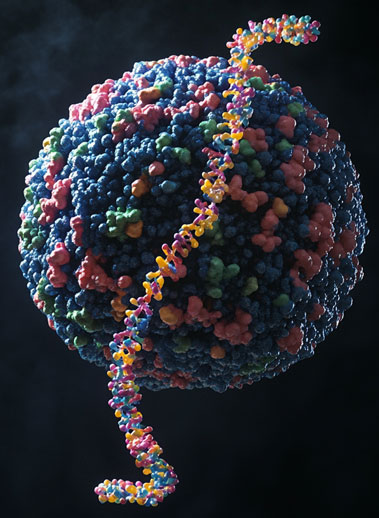 Global gene expression in bacteria can be measured on a population level by RNA sequencing. However, single-cell gene expression analysis is necessary to study responses of individual cells of a bacterial population.
Global gene expression in bacteria can be measured on a population level by RNA sequencing. However, single-cell gene expression analysis is necessary to study responses of individual cells of a bacterial population.
One approach is single-cell RNA sequencing that we are establishing together with Amplexa Genetics (https://amplexa.com/) to examine how exposure to antibiotics modulates gene expression in individual cells of the human pathogen Staphylococcus aureus.
Our analysis is of importance to understand phenomena like persister cell formation, where dormancy in subpopulations is contributing to increased antibiotic tolerance.
Funding: Innovation foundation and EU Eurostars
Involved: Freja Mikkelsen & Ifigeneia Kyrkou
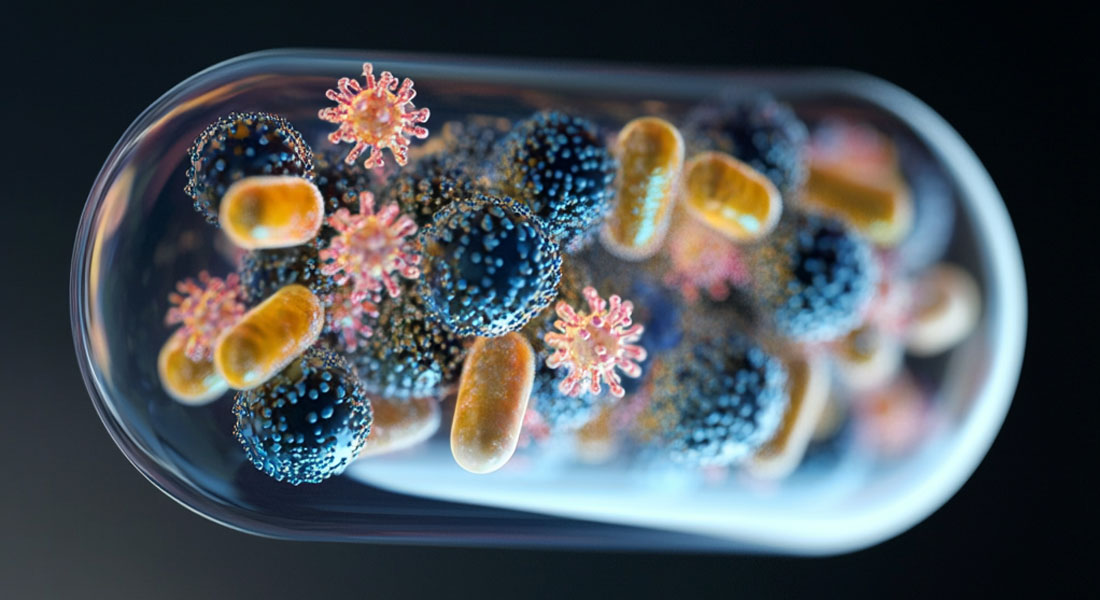
Atopic dermatitis (AD) is a skin disease that affects many children and adults worldwide with most patients being colonized with the bacterial pathogen, Staphylococcus aureus. S. aureus toxin production is controlled by a complex regulatory system, involving signal molecules. Here we study how similar types of signal molecules produced by probiotic bacteria like Lactobacilli influence S. aureus toxin production. Our work has implications for the use of probiotic bacteria in combatting S. aureus infections.
Funding: Leo foundation.
Involved: Janine Bowring, Esther Lehmann, Ifigeneia Kyrkou, Weizhe Wang
Culture & Cultures: https://nyheder.ku.dk/podcasts/culture_and_cultures/
Please Explain!: https://nyheder.ku.dk/podcasts/please-explain/
IngmerLab: https://x.com/ingmerlab?lang=gu
Culture night website: https://sites.google.com/view/kulturnatten-ku/home
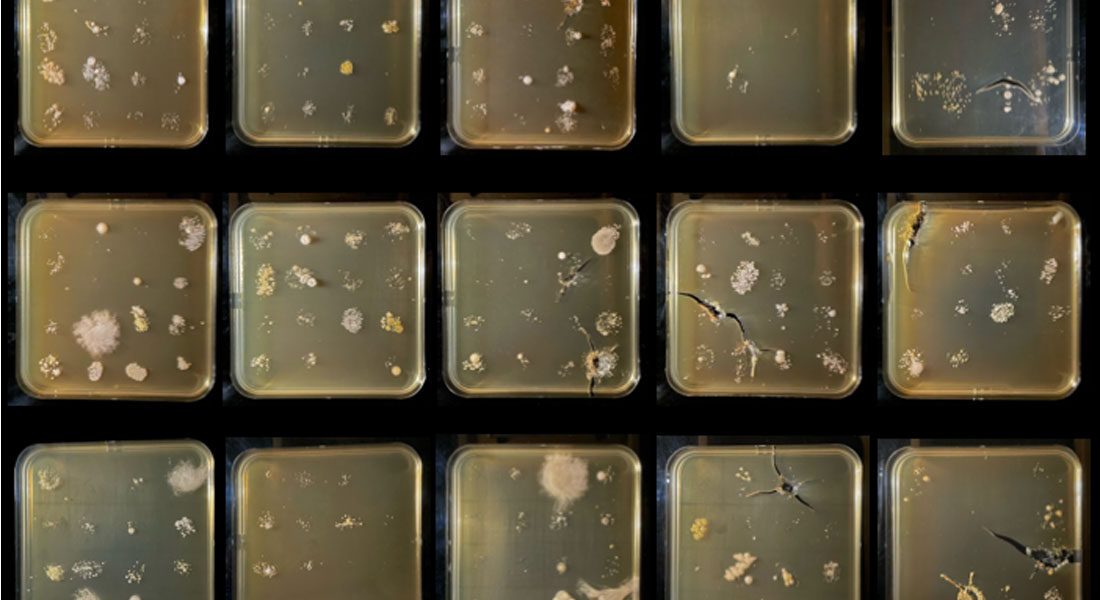
Researchers
| Name | Title | |
|---|---|---|
| Search in Name | Search in Title | |
| Frederik Haaber Junge Pedersen | PhD Marie Curie |
|
| Hanne Ingmer | Professor |
|
| Jack Åke Harry Abrahamsson | PhD Fellow |
|
| Janine Zara Bowring | Assistant Professor |
|
| Martin Saxtorph Bojer | Special Consultant |
|
| Stephanie Fulaz Silva | Assistant Professor |
|
| Weizhe Wang | PhD Student |
|
Contact
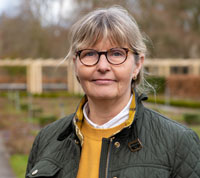
Group Leader:
Professor Hanne Ingmer
Stigbøjlen 4
1870 Frederiksberg C
Ph: +45 35 33 27 73
Secretariat:
Nora Ottens
Grønnegårdsvej 15
Ph: +45 35 33 27 22
External researchers:
| Name | ||
|---|---|---|
| Benjamin Svejdal Sereika-Bejder | PhD student | 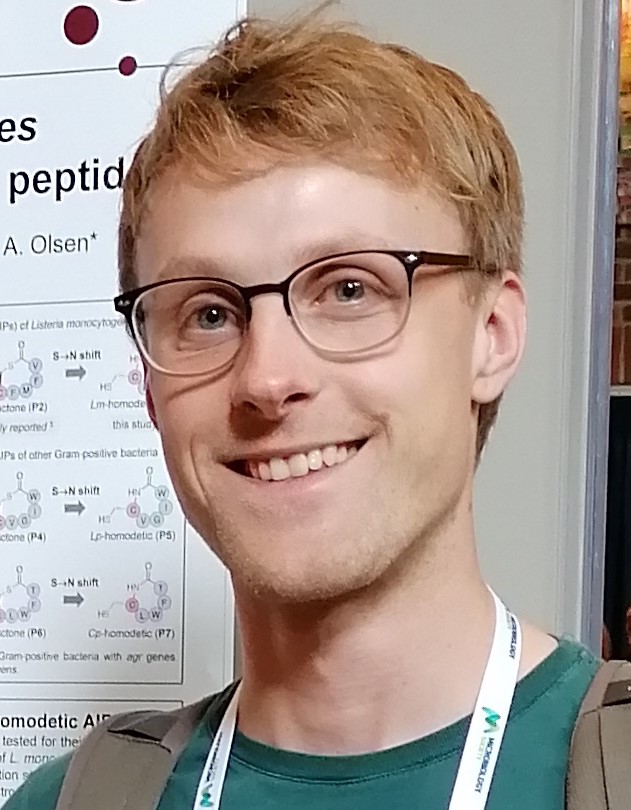 |
| Freja Cecilie Mikkelsen | PhD fellow | 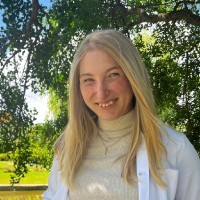 |







